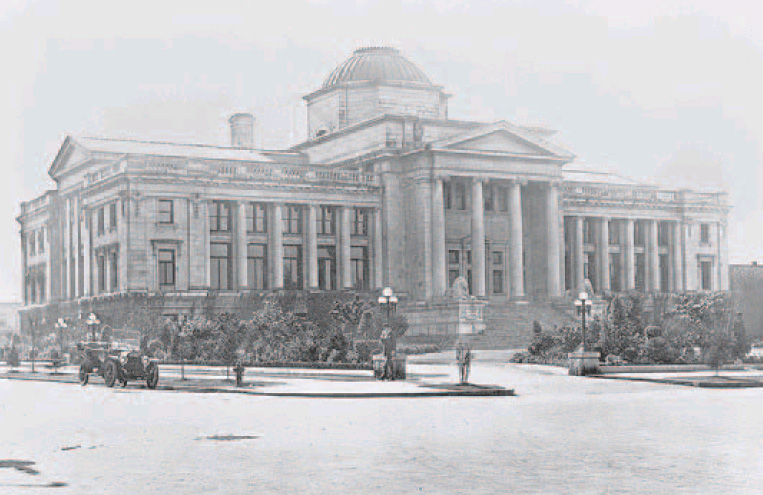Sun
Construction across B.C. eased off in January from the gains seen up to the end of the year, with contractors taking out almost $685 million worth of building permits that month, a 23-per-cent decrease from December.
The drop was mostly in the non-residential sector, where contractors took out only $156 million in permits to build new buildings, down nearly 29 per cent from the previous month.
Residential construction, while down almost 21 per cent from December to $528.4 million, still reflects the rebound in residential building in B.C.
In total, the $685 million in permits, which is a measure of construction intentions, is more than double the amount taken out in January 2009.
And the $528.4 million in residential permits is almost 207-per-cent higher than the amount taken out in January a year ago.
“Residential permits make up the bulk of the gains, but public-sector activity is also rising,” Keith Sashaw, president of the Vancouver Regional Construction Association said in a statement.
Sashaw added that while January’s permit numbers were down from December, “we’re encouraged by the year-over-year numbers that highlight the gains made last year, as well as the lead role of the construction sector during the economic recovery.”
Across Canada, the value of building permits issued in January slipped 4.9 per cent to $5.7 billion as nonresidential construction permits fell 21 per cent to $1.7 billion, Statistics Canada reported Thursday.
Economists had called for a 0.8 per cent month-over-month gain in building permits.
However, the value of residential building permits issued rose 4.1 per cent to $4 billion, almost twice the value registered in January 2009, and driven largely by a 7.2-per-cent rise in intentions for single-family homes, the federal agency said.
January’s figures were still 32.7-percent higher than in January 2009, Statistics Canada said.
“While building permits have declined now for three consecutive months — incorporating this morning’s revisions — almost all of the weakness has been on the non-residential side, with residential permits up in two of the past three months,” said Scotia Capital economist Karen Cordes.
“And, when you strip out prices and look solely at the volumes side of the picture, the story is even better on the residential front, with gains in each of the past six months. This bodes well for next week’s housing starts report and suggests we will see further gains on the supply front over the next few months.”
December’s report was revised down from an advance of 2.4 per cent to a decline of 2.7 per cent.
The total value of building permits fell in five provinces, led by Alberta and British Columbia — with Alberta falling 28.5 per cent to $876.5 million and B.C. falling 22.5 per cent to $684.6 million.
In Alberta, the decline was attributed to lower intentions for commercial buildings and multi-family dwellings, while in B.C. the decreases came from both the residential and non-residential sectors.
Ontario posted the largest dollar-value gain, up 6.9 per cent to $2.31 billion, as a result of strength in both the residential and non-residential sectors, while in Quebec, strength in the residential sector drove a 10.7-per-cent advance to $1.25 billion.
© Copyright (c) The Vancouver Sun





